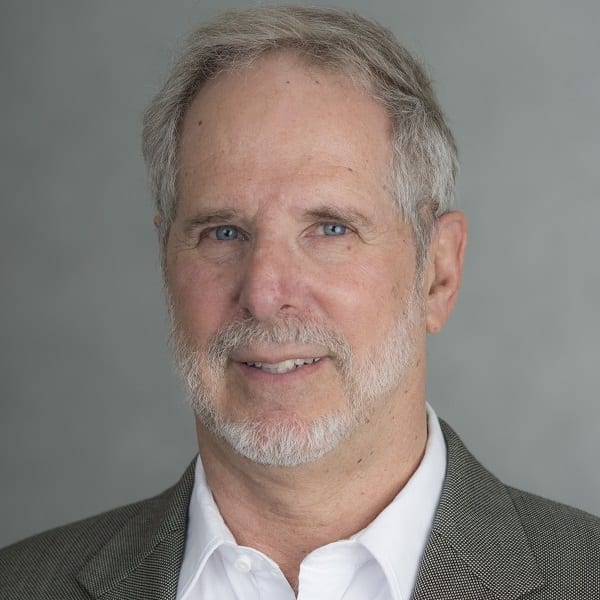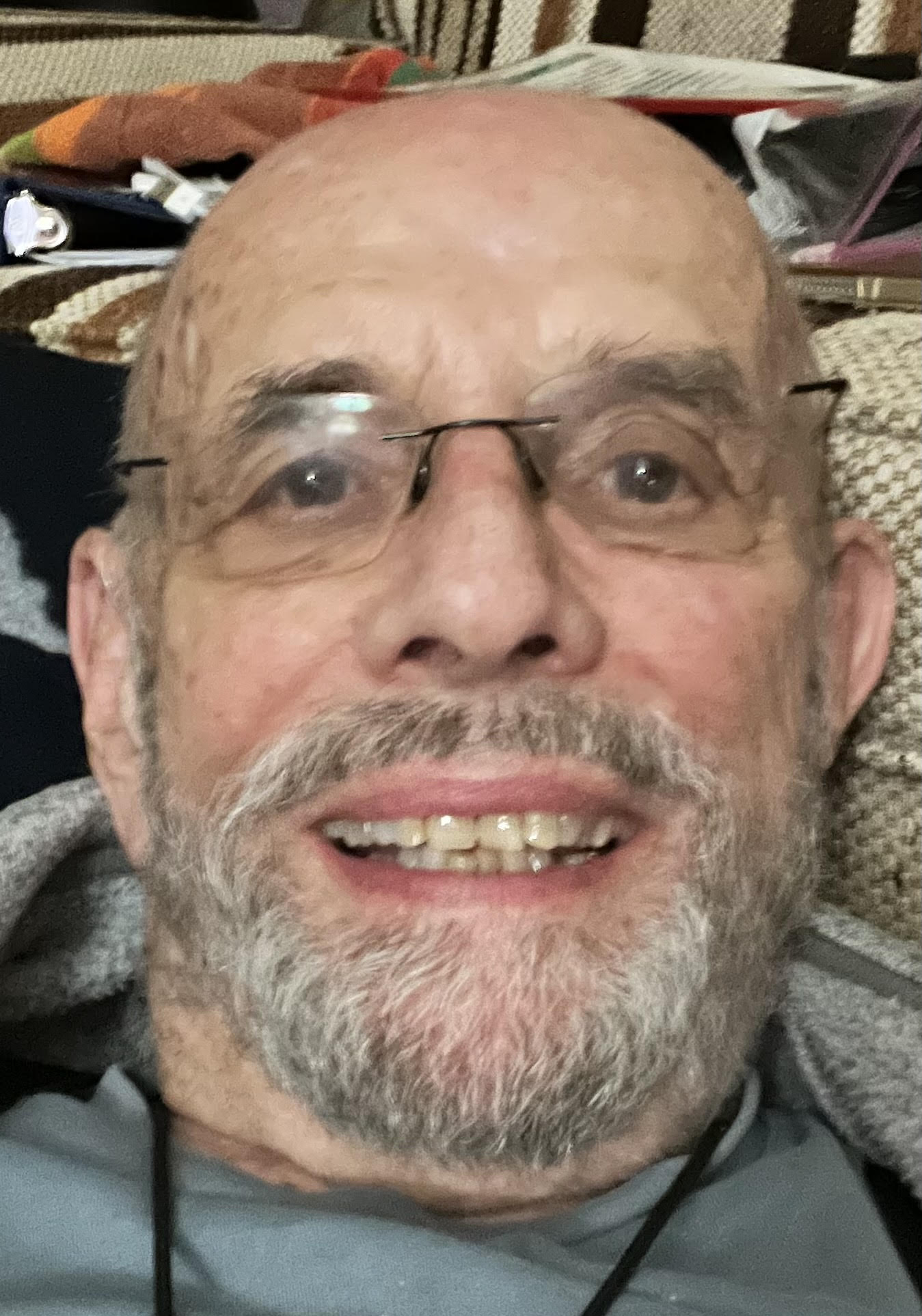History

From Steve Shevell here's an account about how CVNet came to be, how it got its name, how some key policies were established, and how Hoover Chan came to manage and lead CVNet:
In the mid-1980s email was beginning to take hold. Some scientists had access to it but many did not. Even those with access might need to visit a computing center in a separate building so email messages could sit unread for days. Also, discovering a colleague's email address could be difficult because user names often were limited to four characters with arbitrarily generated digits so, for example, John Smith might be JS14 (the 14th person with the initials J and S asking for email at a given institution).
CVNet started as a list of email addresses volunteered by visual scientists with common interests. Its transition from concept to a functional system was propelled at an in-person meeting of the Optical Society of America (OSA) in the mid-1980s. Though OSA neither supported nor even was aware of its participation, OSA governance at the time depended on well attended in-person ‘business meetings’ convened during its annual scientific conference. OSA business meetings were separate for each scientific section. At the time I was the incoming chair of OSA’s Color Technical Group and, following earlier discussions with Professor Peter Kaiser at York University, used several minutes of the business meeting to suggest creating a list of those on email. Attendees were invited to add their name and email address to a sheet of lined paper circulated at the business meeting. Scientists in the allied OSA Vision Technical Group also could get on the list. The C and V of CVNet derive from the two OSA Technical Groups: Color and Vision. Peter took home the sheet of paper and sent everyone on it an email. CVNet was up and running. Mission accomplished, so he and I thought.
CVNet was motivated by the potential for an email community of visual scientists to interact actively and productively. Peter and I, however, were frightfully naive. In short order, potential problems we all can appreciate today began to surface. Some early posts on CVNet were far off topic. Extended one-to-one conversations got broadcast to the whole list. Commercial enterprises found the list and sent everyone unwanted advertisements. Spammers used the email addresses to send unwelcome messages. The germane, active and well informed exchanges meant to define CVNet were being swamped by messages that ranged from irrelevant to irritating.
Peter quickly became involved with trying to monitor and regulate CVNet but it soon was overwhelming. I do not recall how Hoover came to volunteer as the monitor of the nascent CVNet mailing list but I am sure he rescued it from becoming a useless annoyance. While I cannot confirm that Hoover attended the Technical Group sign-up meeting, he had a presentation at that OSA conference so it seems likely. Hoover generously started handling the technical, privacy, and administrative issues of an expanding group. Most consequentially of all, he monitored submissions so all posts were relevant, appropriate in length and tone (for example, avoiding ad hominem content) and beneficial for the members of CVNet. His contributions of expertise and time made CVNet what it is today.
Finally, Hoover was keenly aware that a net monitor essentially is censor. He insisted that his decisions about posts follow clear and equitable principles, and asked Peter and me to work with him on that. The most important principle that emerged was that a post must benefit the recipients of CVNet more than the person posting it. He followed this concept consistently, deftly and with appropriate flexibility and common sense. For several years Hoover would consult with Peter and me about posts that fell in a gray area, not for a vote but to have an informed discussion together so he could make a decision. For decades, we on CVNet have benefited tremendously from his technical skill, commitment and, most of all, assiduous judgment.
 Peter Kaiser in 2025 at age 92.
Peter Kaiser in 2025 at age 92.
Peter Kaiser remembers:
I retired from the York University payroll in 1993. However, I continued with my scientific work until 1997 when my last post doctoral fellow returned to Japan. It was around this time that I realized that my scientific work was just about finished and that it would be best if someone new took over CVNet. Hoover Chan volunteered and I was happy to have him do it. I did not know Hoover very well but we did meet socially three times, twice in California, and a third time when he visited me here in Canada.
Click here to read Hoover's obituary and reminiscences from friends and colleagues.